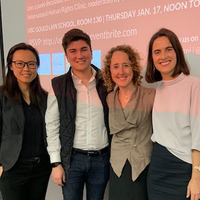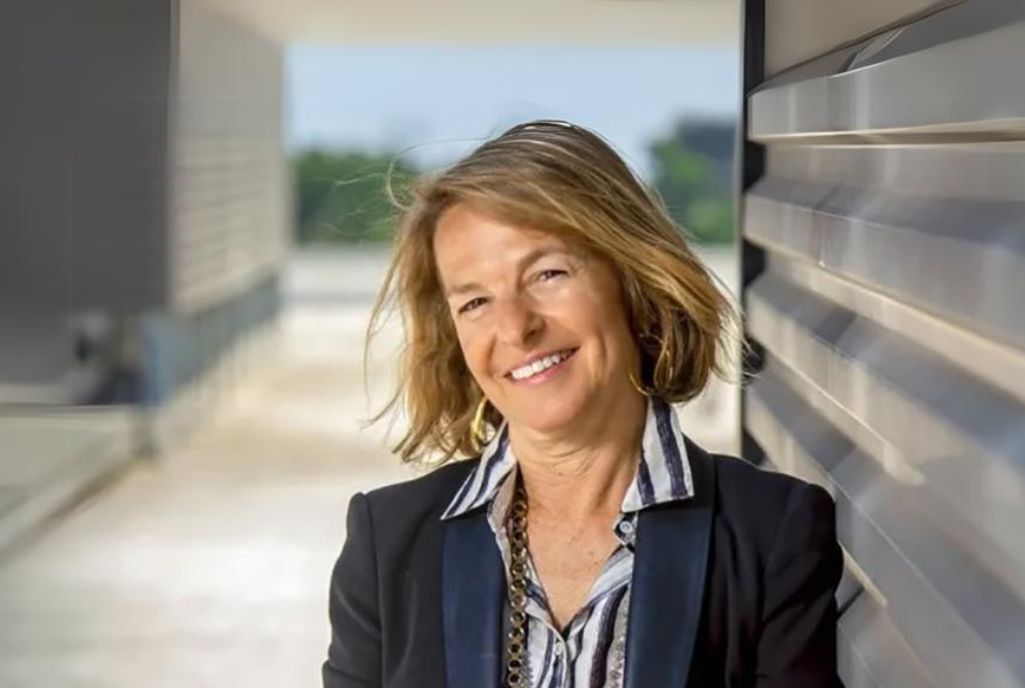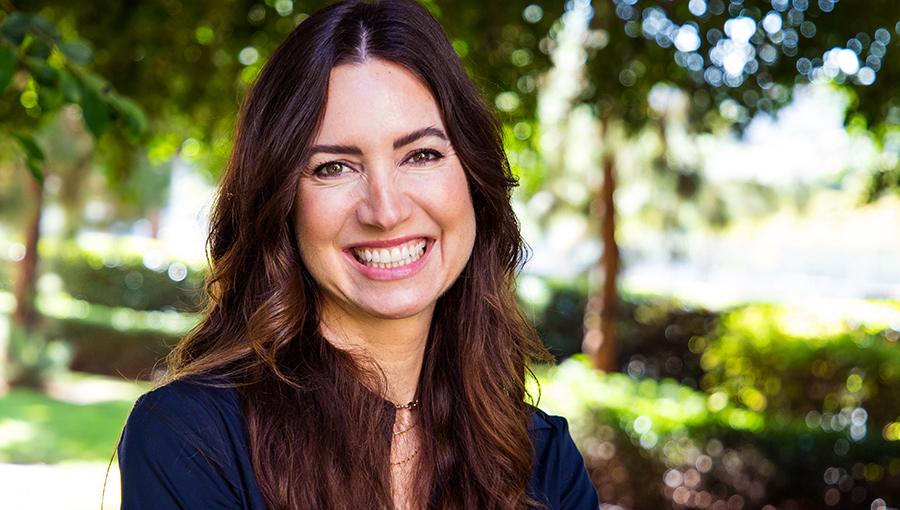IHRC students toured and reported on violations at Southern California detention centers
(8).jpg) (8).jpg) |
| Prof. Emily Ryo, Robyn Barnard of Human Rights First, Prof. Hannah Garry and Nicholas Zebrowski, a second year law student |
Visiting California’s detention facilities was deeply emotional for Nicholas Zebrowski, a second-year law student in USC Gould’s International Human Rights Clinic.
Zebrowski saw firsthand the grave impact of vast immigration detention in California. He witnessed human rights violations against refugees and asylum seekers such as mass deportation proceedings, forced medication, substandard healthcare and poor detainment conditions.
“I left the detention center shocked at how the system works to strip people of their humanity,” he said. “It was hard to see people who were close to my own age and with similar backgrounds in this situation.”
Zebrowski and fellow 2Ls John Oltean and Katie Garcia worked with nonprofit organization Human Rights First to investigate the detention facilities, speaking to more than 150 detainees as well as ICE officers and facility representatives.
They toured six centers with a team of politicians, human rights advocates and health professionals, and later provided Human Rights First with powerful investigative findings included in its report, Prisons and Punishment: Immigration Detention in California.
(14).jpg) (14).jpg) |
| Prof. Hannah Garry |
“I noticed three problems in the detention facilities, which are abuses by guards, no access to legal representation and improper medical treatment. I think these three are emblematic of the problems that we’ve been talking about today against innocent people whose only crime is that they want safety and protection,” Zebrowski said.
Prof. Hannah Garry, who directs the IHRC, and Eliane Fersan, director of USC’s Immigrants and Global Migration Initiative, accompanied the students on the visits, providing support and guidance to the student lawyers.
“Working on a human rights report with a leading human rights organization gives students a positive, real-life impact on this horrible situation,” Garry said. “It also teaches invaluable skills with respect to fact-finding, interviewing and advocacy. Further, student attorneys are able to provide needed support for human rights attorneys, and build a network to continue doing this work in their future careers.”
Examining ‘Harsh Realities’ for Detainees
Zebrowski joined a panel discussion at the USC Gould School of Law recently to unveil the findings of the Human Rights First report. The event, titled “Harsh Realities: Treatment of Detained Asylum Seekers and Immigrants in the U.S.,” was a collaboration between Gould’s International Human Rights Clinic, the Immigrants and Global Migration Initiative and Human Rights First. In addition, Gould Prof. Emily Ryo joined the panel to discuss her recent study, “The Landscape of Immigration Detention in the United States,” which was also published in the Southern California Law Review.
Drawing on government and other records relating to individuals who were detained by ICE, Ryo found that immigration detention facilities that are privately operated or located in remote areas garnered more grievances and held detainees significantly longer than in publicly run facilities.
(5).jpg) (5).jpg) |
| Law students listened to the panel on detention centers |
IHRC students also witnessed similar patterns of human rights abuses in detention facilities. “I spoke with two transgender women asylum seekers at the Otai Mesa facility who endured mocking and humiliation by the guards. Another asylum seeker interviewed said she did not have legal representation, and was forced to represent herself. She was ordered removed, deported, and she had to represent herself in the appeal as well. This is something that happens often,” said Zebrowski.
While difficult to witness, the work was also a valuable learning experience. Oltean said investigating detention facilities exposed him to different ways to use his legal education. “Participating in clinic experiences such as the detention center visits has expanded that conversation and made me aware of many opportunities and career paths that I was not privy to last year. Many of the attorneys and advocates I have met while doing this work have inspired me to try and forge a different path for myself,” he said.
Garcia said that real-world training is essential for law school students. “It is a humbling and invigorating reminder of the reason that I came to law school, and it is a very privileged opportunity to see the type of real work that still needs to be done. There is a big need for more public interest-minded immigration attorneys, and I wish more law students knew about the work they could be doing.”

















